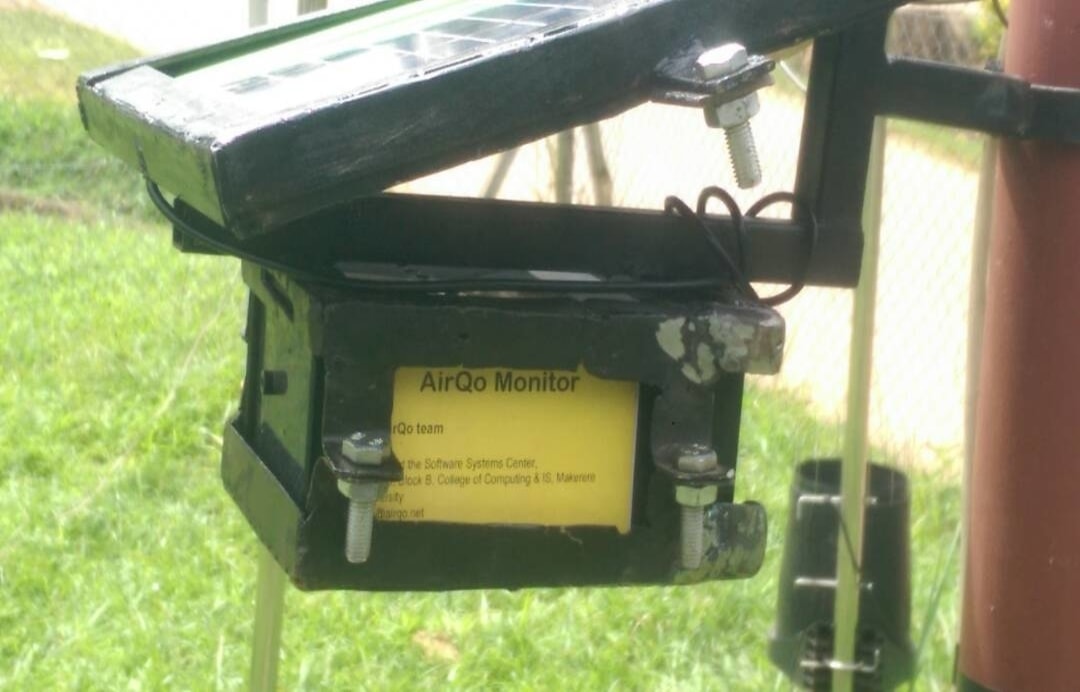
This project is on a mission to contribute to the improvement of urban ambient air quality by providing scientific evidence and low-cost technologies to quantify and inform policy to reduce, contain and better manage air pollution and its associated health risks.
This project on a mission to contribute to the improvement of urban ambient air quality by providing scientific evidence and low-cost technologies to quantify and inform policy to reduce, contain and better manage air pollution and its associated health risks.
Project Aims
Motivation
Acknowledgement
The AirQO innovation was born out of the Software Systems Center that was established and supported under the Bright Sida/317 project with Sida support through the Embassy of Sweden in Kampala.